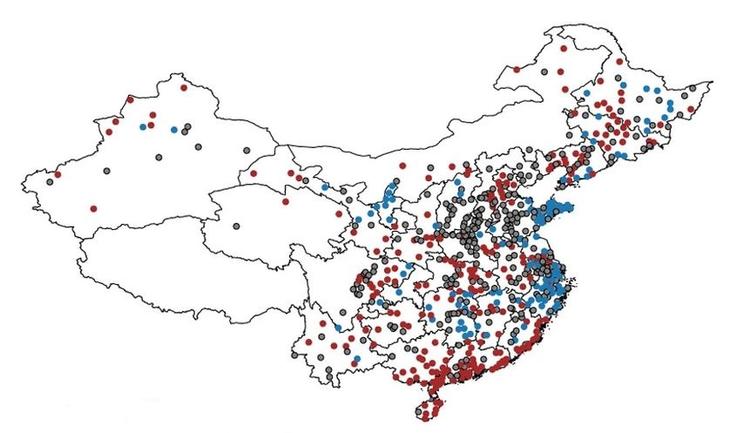
Urban cross-sector actions for carbon mitigation with local health co-benefits in China
Type
Cities offer unique strategies to reduce fossil fuel use through the exchange of energy and materials across homes, businesses, infrastructure and industries co-located in urban areas. However, the large-scale impact of such strategies has not been quantified. Using new models and data sets representing 637 Chinese cities, we find that such cross-sectoral strategies—enabled by compact urban design and circular economy policies—contribute an additional 15%–36% to national CO2 mitigation, compared to conventional single-sector strategies. As a co-benefit, ∼25,500 to ∼57,500 deaths annually are avoided from air pollution reduction. The benefits are highly variable across cities, ranging from <1%–37% for CO2 emission reduction and <1%–47% for avoided premature deaths. These results, using multi-scale, multi-sector physical systems modelling, identify cities with high carbon and health co-benefit potential and show that urban–industrial symbiosis is a significant carbon mitigation strategy, achievable with a combination of existing and advanced technologies in diverse city types.

